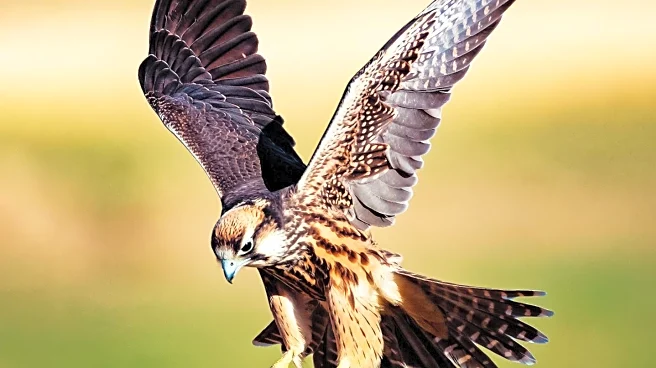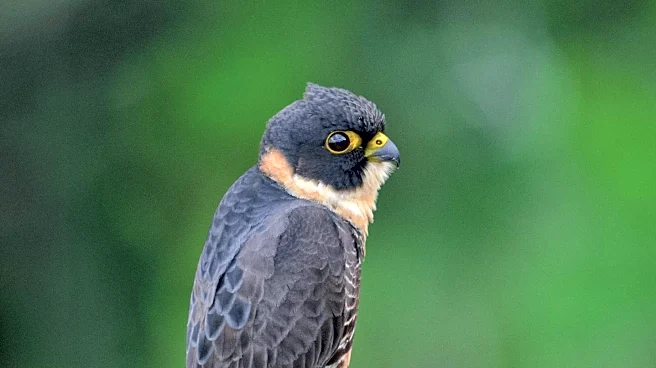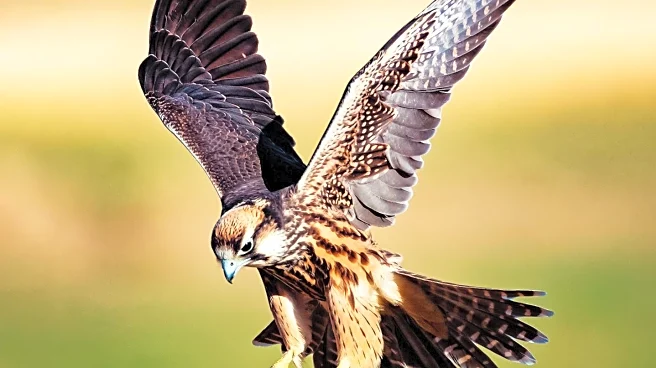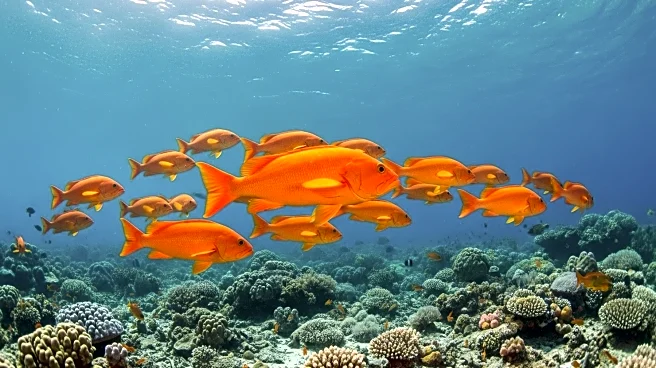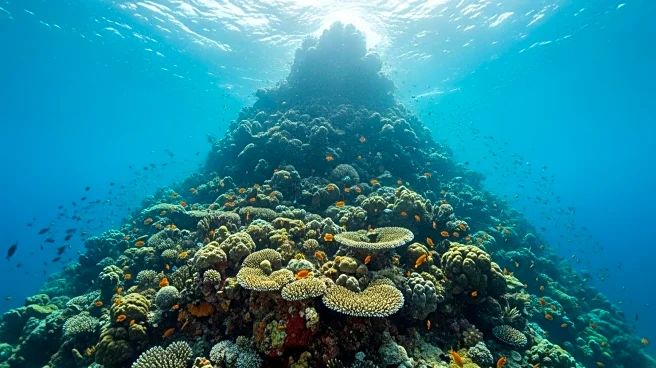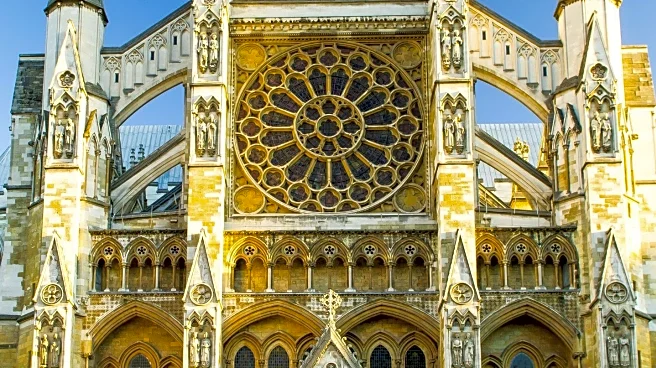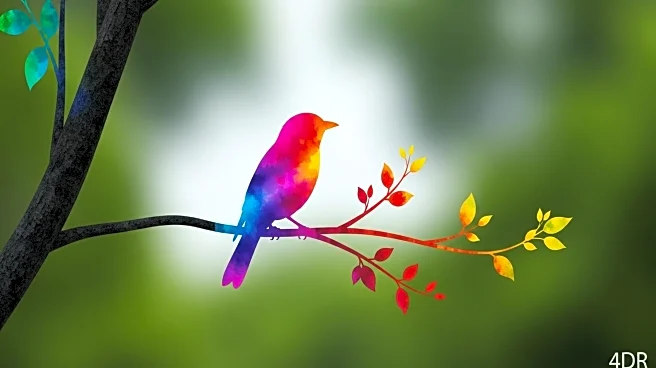What's Happening?
The New Zealand falcon, known as kārearea, has been crowned Bird of the Year in New Zealand's annual bird election, organized by the conservation group Forest & Bird. This event, which has grown from a simple email poll to a significant cultural moment, involves volunteer campaign managers advocating for their favorite birds through creative means such as memes and dance routines. The election aims to raise awareness about New Zealand's native bird species, many of which are threatened. The falcon's victory highlights the country's unique avian biodiversity and the public's enthusiasm for bird conservation.
Why It's Important?
The Bird of the Year election serves as a platform to draw attention to the conservation needs of New Zealand's native bird species, with 80% facing some level of threat. The event underscores the importance of preserving biodiversity and the role of public engagement in conservation efforts. By celebrating the falcon, the election highlights the challenges these birds face, such as habitat loss and predation, and the need for increased investment in conservation. The cultural significance of birds in New Zealand, where they are integral to national identity, further emphasizes the importance of protecting these species.
What's Next?
Following the election, Forest & Bird is likely to continue its efforts to promote bird conservation through public campaigns and advocacy. The organization may push for increased government funding and policy changes to protect threatened species and their habitats. Additionally, the success of the Bird of the Year election could inspire similar initiatives in other countries, fostering global awareness and action for bird conservation. The focus on the falcon may also lead to targeted conservation projects aimed at preserving its habitat and reducing threats from human activities.
Beyond the Headlines
The Bird of the Year election highlights the cultural and ecological significance of birds in New Zealand, where they are celebrated in art, music, and national identity. The event also reflects broader environmental challenges, such as the impact of human activities on wildlife and the need for sustainable conservation practices. By engaging the public in conservation efforts, the election demonstrates the power of community involvement in addressing environmental issues. It also raises questions about the balance between cultural celebration and effective conservation strategies.

